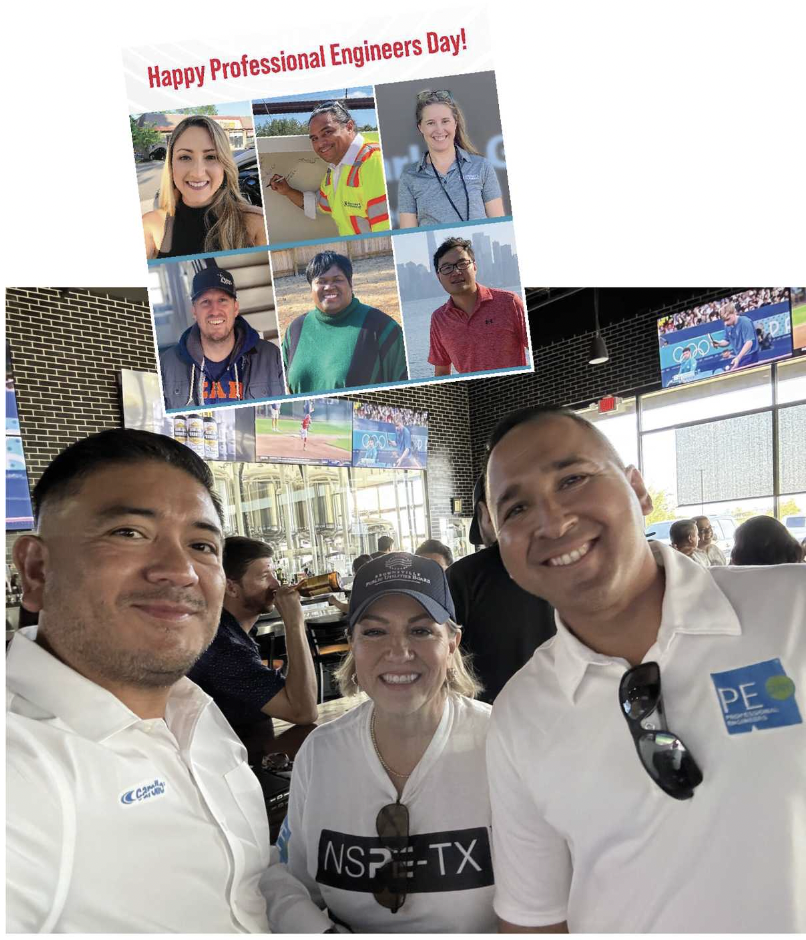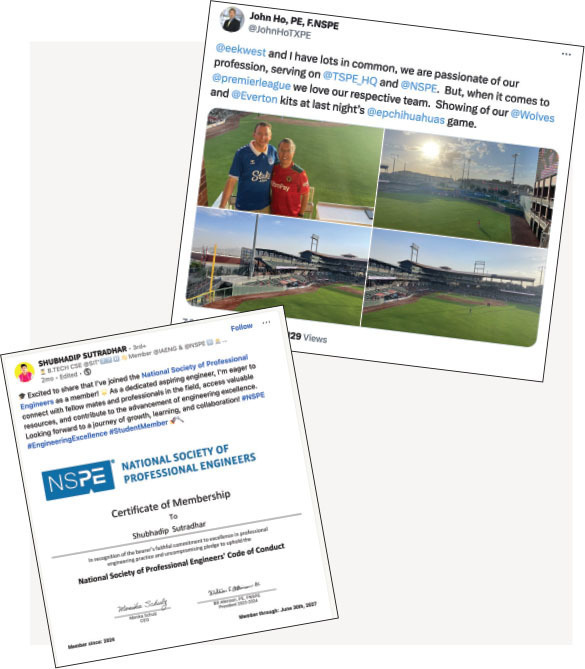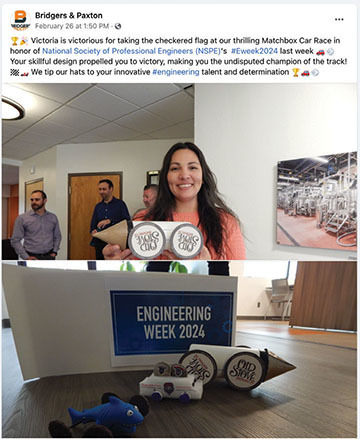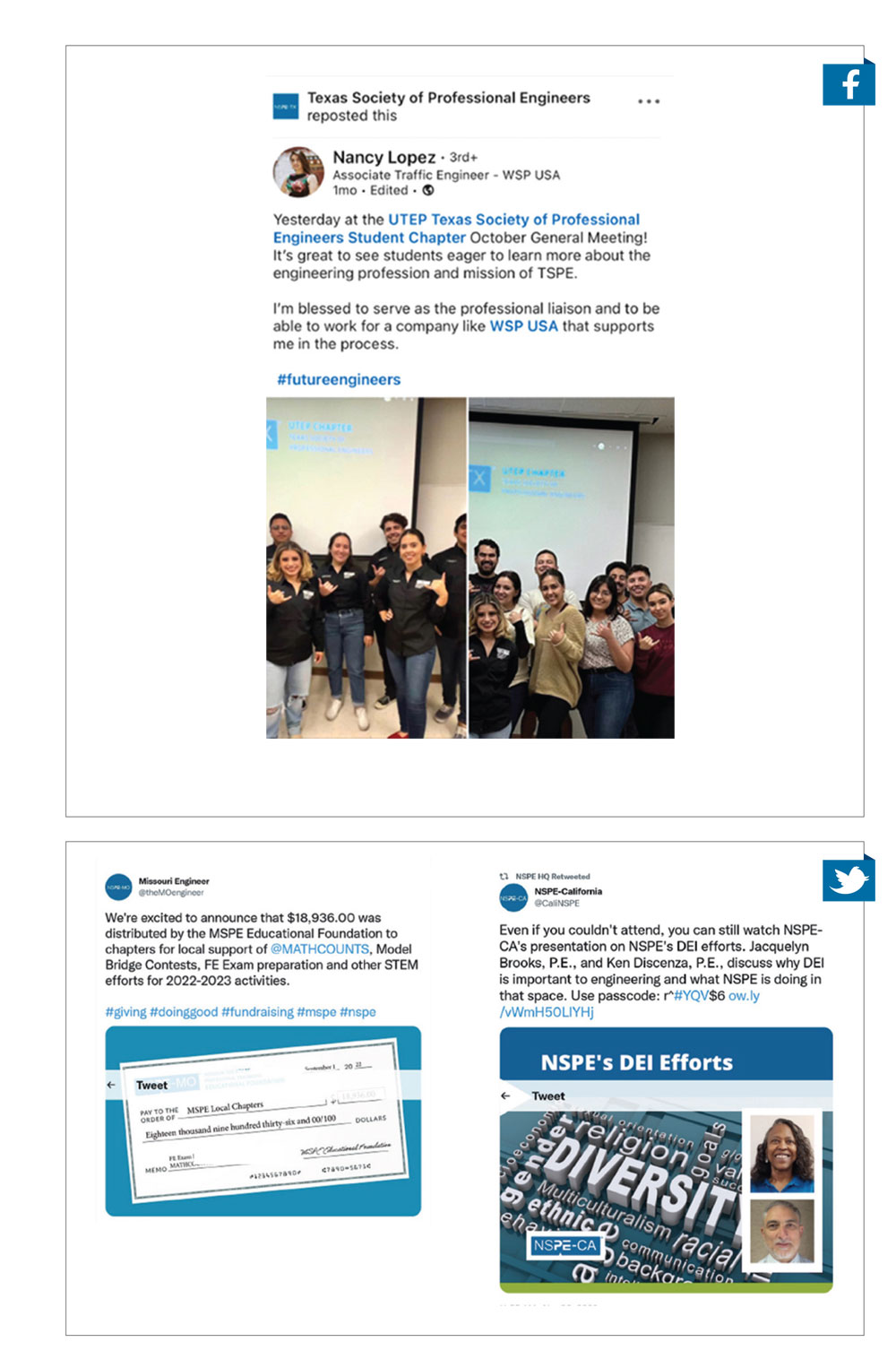Winter 2022
You Said It
Building a Foundation for Sustainability
The Concepts article (Fall 2021) by Jon Mathison, P.E., was one where I agree on the title, “The World Needs Sustainability,” but not necessarily the suffix to the title, “Now.”
My concern is the focus on the end goal but without addressing the path to get here. I picture a beautiful structure complete in the sketched concept but without the foundation or techniques/materials with which to accomplish its construction. It is like Frank Lloyd Wright’s cantilever decks, but no rebar or concrete available.
To successfully achieve sustainability, we need to address the elements that must be in place to realize that goal. Mathison’s baseline is “the preindustrial” period. That means a primarily agrarian society; living on farms (no commutes), burning firewood as the source of heat and whale oil for lamps (broad environmental impacts), where cities were dirty and lacking infrastructure (sewers, fresh water, etc.). “Decarbonization” does away with all of those sources of energy. Wind and solar still require spinning reserves of carbon fuels (natural gas or coal fired), or nuclear. Energy storage is still in its infancy.
In 2020, renewable energy sources accounted for about 12.6% of total US energy consumption and about 19.8% of electricity generation, according to the Energy Information Administration. This means that we would have to successfully replace over 80% of our energy production with sustainable alternatives, where sustainable also means readily available. On top of that for ‘transforming of infrastructure’ means everyone needs to live with a reasonable commuting distance, probably less than 5 to 10 miles, for energetic souls. This means more crowding, more pavement, and a higher concentration of power usage/needs, no suburbs. More electric vehicles (trucks, cars, scooters) will require more power. Even with shorter commutes, scooters and bicycle usage is affected by the weather. We are a long way from universal working from home and automation of all manual labor.
I still agree that engineers can do more, but it begins with addressing the infrastructure changes needed to get to sustainability and the dramatic cultural changes in how the world currently works. Scientists, engineers, and society must all contribute to sustainability. The current “in your face” approaches are doomed from the start, as they lack that path forward to success. I support progress that has a foundation and the goal of sustainability.
Harold Mosley, Jr., P.E. (Retired)
Spring Branch, Texas
Delaware Mobility: A Clarification
The Council of the Delaware Association of Professional Engineers (DAPE) is an instrumentality of the state charged with regulating the practice of engineering in Delaware. It functions as Delaware’s engineering licensing board. As president of DAPE Council when the changes to Delaware’s PE licensing law were initiated, I was gratified to see the article titled “Delaware Improves Licensure Mobility for PEs” (Fall 2021). I would, however, like to emphasize a few important points that I think were missed.
First, the new law recognizes international engineering degrees from programs accredited by Washington Accord signatories as equivalent to US EAC of ABET-accredited degrees. In Delaware, that means that, as for EAC of ABET degree holders, four years of verified and Council-approved engineering experience is required for applicants with non-US or non-Canadian Washington Accord degrees as opposed to eight previously. (Delaware, by the way, will accept appropriate international engineering experience provided it is supervisor-verified.) Another change affords the same opportunity for comity licensure to applicants who are registered as international PEs through the International Engineering Alliance IPEA Agreement (to which the National Council of Examiners for Engineering and Surveying is a signatory) as is available to comity applicants who are licensed in other US jurisdictions.
Licensure of international PEs is facilitated by our comity provisions. Delaware law, since its inception in its current form in 1972, has allowed for “10-year comity” by which an applicant who has no history of disciplinary action and has been engaged in Council-approved licensed engineering practice for 10 continuous years in another US jurisdiction can be licensed in Delaware without consideration of exam status or education. The new law shortens the period of licensed practice to five years. Since international PEs are unlikely to have taken the NCEES FE and P&PE exams, not being required to have passed the exams is an important feature of the law for such applicants.
We appreciate the support of Delaware’s NSPE chapter, the Delaware Engineering Society, in securing the passage of the law revisions. DAPE Council believes removal of unnecessary impediments to engineering licensure enhances the health, safety, and welfare of the public.
Carmine C. Balascio, Ph.D., P.E.
Immediate Past President, Council of the DAPE
Thoughts on Infrastructure Investment and Jobs Act
If history tells us anything it’s the federal government is not a good steward of our tax dollars and that much of the funds go to something other than what they we initially allocated (paybacks to big donors, bailouts to states and private companies, etc.). Remember ARRA and how the “shovel ready jobs” weren’t as shovel ready as we thought? Having said that, it’s likely there will be some smaller projects, such as bridges when not associated with a larger highway project, that could be awarded to a smaller firm, but the big players often have an advantage.
Glen Sparks, P.E.
Belgrade, Montana
It seems to me the country made some quantum strides in the past when this country invested heavily in infrastructure. Looking about, there’s surely a need for investment. We have water shortages. Climate issues. Energy demands for alternate sources. Small operators have a difficult time replacing that old lead water main. Small communities can’t afford to build that bridge that would connect them to markets that they could expand their businesses. Rural dwellers can’t get the broadband connections most of us take for granted to order online a pair of jeans, or to execute sales of small operator goods and services.
Now seems to me the most opportune time in all of history for PEs to make a quantum contribution to improving the lives of every citizen. Now is not the time to wince when faced with a door opening to help address the issues that confront us this very day. PEs are at the forefront of making those issue deficiencies obsolete.
Robert Latta, P.E.
West Allis, Wisconsin
MORE Issue 1 2025 ARTICLES
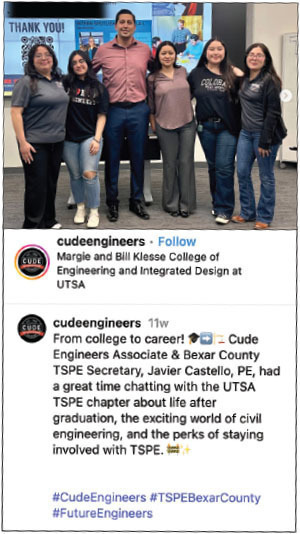
STAY CONNECTED WITH THE PROFESSION AND COLLEAGUES IN NSPE’S ONLINE COMMUNITIES FOR PR
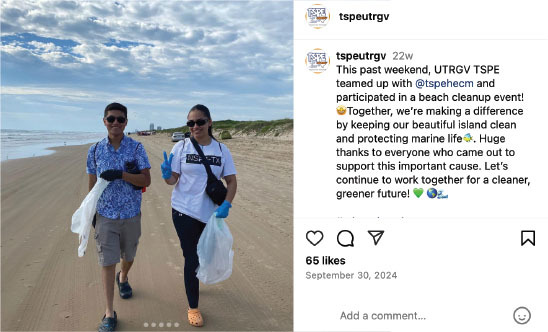
STAY CONNECTED WITH THE PROFESSION AND COLLEAGUES IN NSPE’S ONLINE COMMUNITIES FOR PR

Spring 2023
You Said It

Fall 2021
You Said It


 Volunteering at NSPE is a great opportunity to grow your professional network and connect with other leaders in the field.
Volunteering at NSPE is a great opportunity to grow your professional network and connect with other leaders in the field. The National Society of Professional Engineers (NSPE) encourages you to explore the resources to cast your vote on election day:
The National Society of Professional Engineers (NSPE) encourages you to explore the resources to cast your vote on election day: